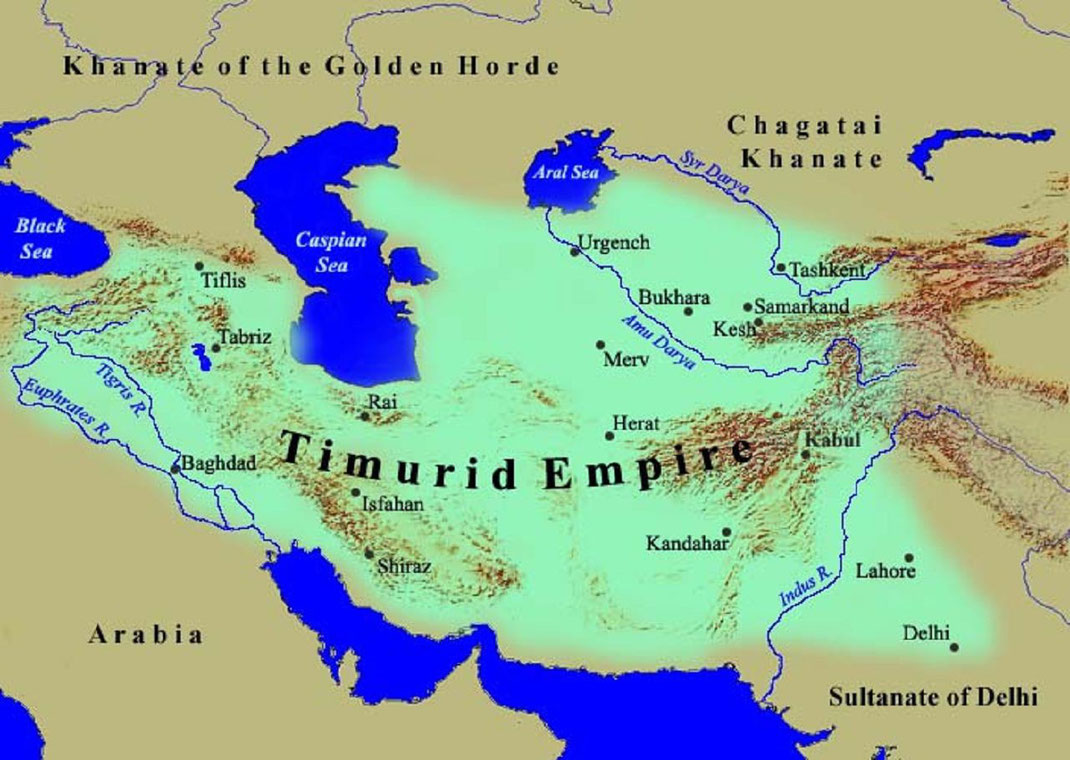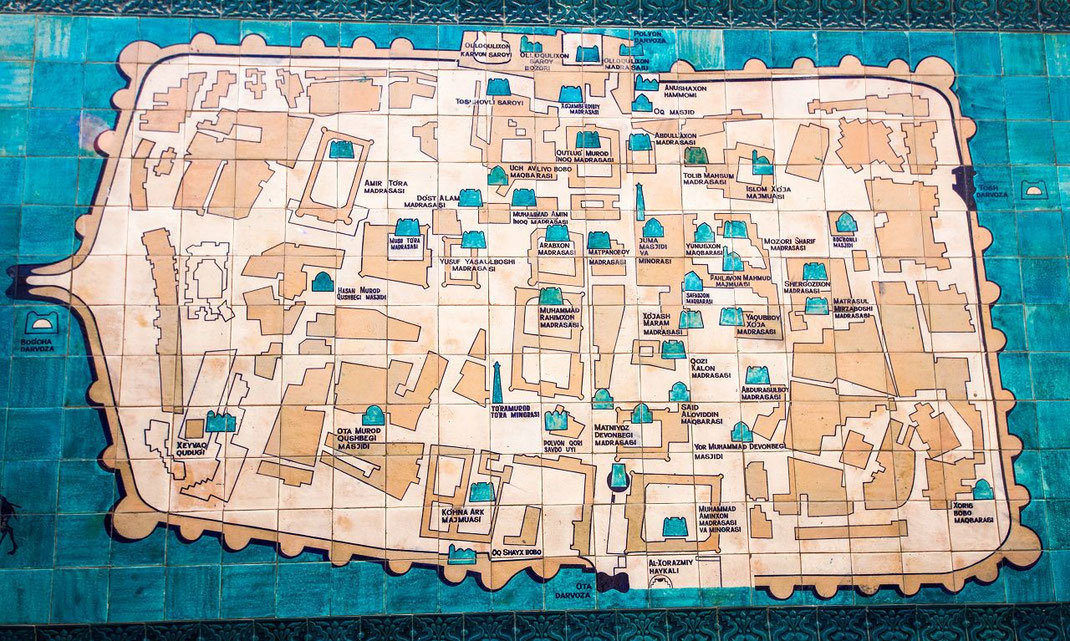
Uzbekistan
is a young nation, but its roots are ancient, steeped in the legends of the steppe. From the West came Alexander the Great, Genghis Khan erupted from the East, while Tamerlane made his home the heartland of Central Asia, the remarkable historical and architectural legacy inherited by modern-day Uzbekistan.
It was the centre point of the greatest trade routes in history, the fragile threads of the Silk Road. Myriad teams of merchants and camel caravans laden with silk, spices and news braved this key stretch of the long haul from China to Rome. The region's cradle of culture for more than two millennia, it is the proud home to a spellbinding arsenal of architecture and artefacts, all deeply infused with the raw, fascinating history of the country.
Uzbekistan captures the imagination like almost nowhere else. The country is virtually synonymous with the Silk Road, and three of the greatest Silk Road cities - Samarkand, Bukhara and Khiva - all fall on Uzbek soil. The names practically epitomise the region, conjuring up images of knife-twirling dervishes, serpentine desert caravans and architecture that blends with the sand. Alas, they sometimes overshadow the country's other attractions, which include dazzling bazaars, ancient desert fortresses and an impressive array of largely unsung natural attractions
T a s h k e n t
The Capital and main city of Uzbekistan is a huge metropolis with a population of over 3 million people. The city is lined with a grid of straight and wide streets and avenues, decorated with emerald green parks, gardens, fountains imbued with crystal strands. This wonderful city is a real embodiment of the modern elegance that is inherent in many world capitals. At the same time it remains to be an oriental city. Tashkent has its own unique flavor.
It combines medieval buildings as if descended from the pages of old oriental tales, elegant European architecture from the period of the Turkestan governor-generalship, standard concrete "boxes" of the Soviet era and, finally, glittering skyscrapers of glass and concrete (modern business centers and banks)
S a m a r k a n d

These buildings – the Registan and other wonders of Timurid Samarkand – were the result of the coming together of craftsmen and builders from across the empire in the late 14th century. Their influence would likewise range far, and shape the character of distant cities. The Safavid monuments of Persia and Mughal architecture in what is today Pakistan and India drew inspiration from here. In the Imam Mosque at Isfahan, the Taj Mahal at Agra, and even in the early 20th-century mosque at St Petersburg, traces of the Registan can be seen. It’s not hard to see why the author of the 1001 Nights had Scheherazade spin her tales from a palace in Samarkand: the city was on the Silk Road, alive with people from different lands; it was a wonderland of Islamic architecture, and a great centre of learning. But no place in Samarkand represents all three aspects as well as the Registan does.
Ulugh Beg Observatory
For nearly half a millennium, the remains of one of the greatest observatories ever built lay hidden in Central Asia. A product of one Muslim prince’s devotion to science, the observatory was the site of the world’s most advanced astronomical studies for three decades before being leveled by religious extremists.
Observatory was built in the 1420s by the Timurid ruler Ulugh Beg, grandson of emperor Tamerlane.
B u k h a r a
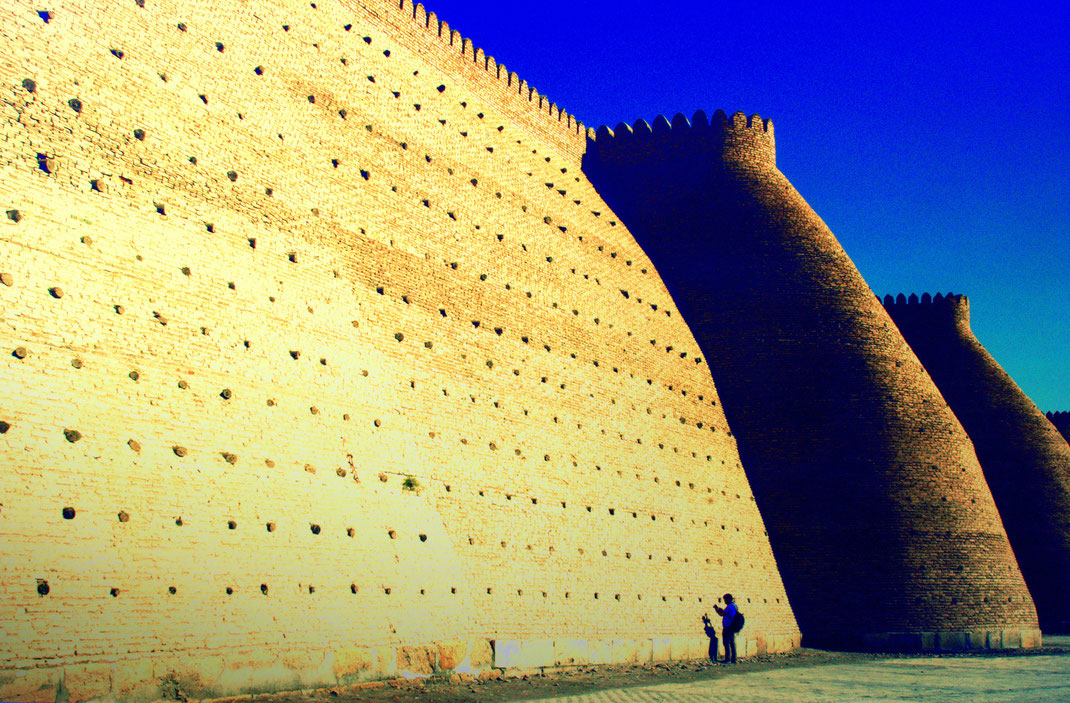
Shahrisabz
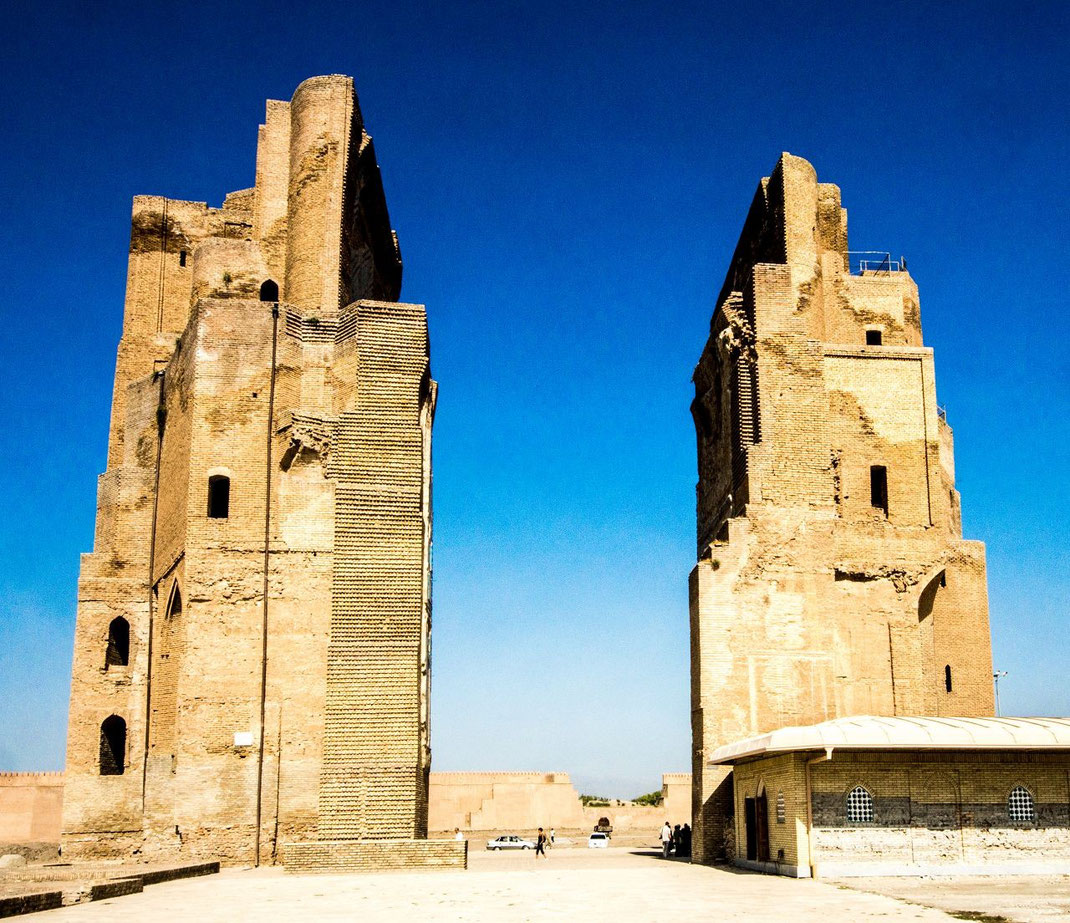
The city of Shahrisabz ("Green city") formerly known as Kesh, in southern Uzbekistan is one of the most ancient cities along the trade routes of Central Asia. Located 90 miles south of Samarkand, at the foot of the Hissar and Zeravshan ranges, it rose to prominence in the 14th century, as it was the birthplace of Tamerlane (1336-1405), founder of the Timurid dynasty. Indeed, Shahrisabz was founded over 2,700 years ago. The ancient inhabitants of the city - the Sogdians were known for its handicrafts, commerce and high culture. Tamerlane considered keeping Shahrisabz as his capital, but ultimately settled on Samarkand. His home town was the location of important family graves—among them, those of his father and two oldest sons, Jahangir and Omar Sheikh—and Tamerlane had a tomb for himself prepared there, although he would instead be buried in a new mausoleum built in Samarkand.
In Shahrisabz today one can see the grand ruin of the entrance arch to the Ak Sarai, the palace built there for Tamerlane at the end of the 14th century and destroyed two centuries later.
K h i v a
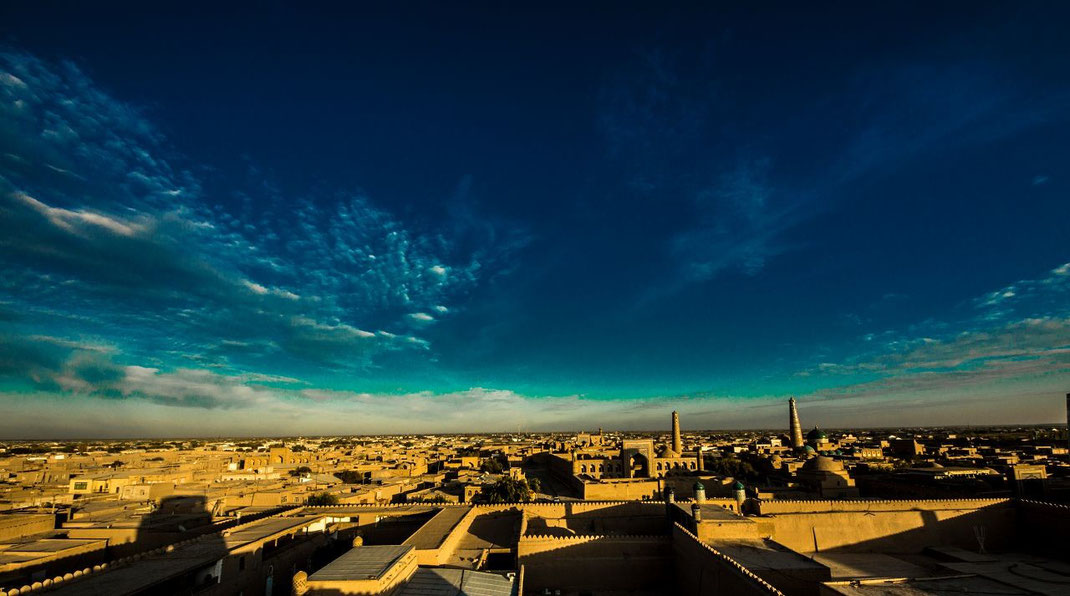
The history of Khiva goes back centuries. Nobody knows exactly when this city sprang up, but the legends have it that once a son of the biblical hero Noah, Shem ordered to dig a well. By the way, this ancient well still exists in Ichan-Kala (the inner city) these days. But throughout its history up to 1598 Khiva was a small town in the desert, which was found on the way of caravans passing through Khorezm. At that time, it was often destroyed by various invaders: Alexander the Great, the Arabs, led by Qutayba ibn Muslim, Genghis Khan, Amir Timur, and many others intruded into this land.
The inner town has 26 hectares and was built according to the ancient traditions of Central Asian town building, as a regular rectangle (650 by 400 meters) elongated from south to north and closed by brick fortification walls that are up to ten meters high. Khiva is a city more than 2.500 years old, today with population of about 40.000 people. It's city of madrasahs, mosques, minarets, clay built houses with flat roofs, surrounded by powerful clay built walls. It is one of the best preserved typical Central Asian feudal cities.
So just wander with me through the narrow street of Old Khiva shaded by preserved ramparts, monuments, citadels, mausoleums, palaces, great mosques and numerous madrassahs, and peek into the small courtyards along the way through the wooden carved doors. The life inside the gardens assures us that it is not just a museum, but also it's a living city....
Bazaar of Khiva
Click for a lot of portraits, snapshots
of people I met in Caucasus and on Silk Road
with the kind support of kulturreisen-gordion.de
